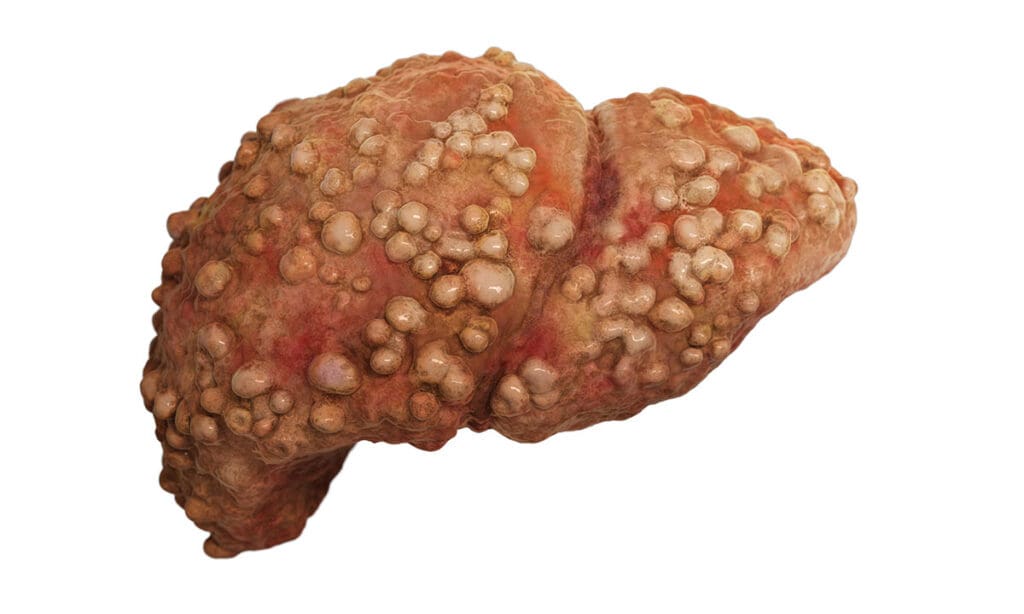(Editor’s note: This editor enjoys, Old-Fashioneds, Sidecars, espresso martinis and a good beer every now and again. I went about 10 years without a drink when I was pregnant and nursing. When I was growing up on the Rosebud Reservation, alcoholism was (and still is) a major problem. I sometimes drank to excess when I was in my 20s. Below is the latest information about what alcohol does to the body. People can make their own decisions, although it is troubling to find out that alcohol is a carcinogen.)
Many participated in Dry January and use it as a time to cut back on drinking. Questions one might ask are, “Why should you cut back, and isn’t a glass of red wine good for you?”
In the Huberman Lab Episode 86 (“What Alcohol Does to your Body, Brain & Health”), Andrew Huberman dissects how alcohol is broken down in the body and the effects it has.
In the February 7, Wall Street Journal, (“Taking Break from Alcohol Can Aid in Fitness Goals”), the author Jen Murphy went January without drinking and reported on the benefits.
THE BAD:
Weight Gain: The main reason people might want to give up alcohol is weight loss. “If someone drops the alcohol and concentrates on good nutrition and exercise, they could lose up to five pounds in one months,” said Dr. Brian Shapiro, a Jacksonville, Florida-based cardiologist at the Mayo Clinic “weight loss is one of the most noticeable results of going dry.”
A performance dietitian at the Cooper Clinic said that the body breaks down alcohol first, which can delay the breakdown of fat and lead to weigh gain.
Leaky Gut: Huberman said that alcohol moves into your blood stream in minutes and induces a disruption in the gut microbiome by indiscriminately killing bacteria and healthy gut microbiota, which may ultimately cause leaky gut.
Leaky gut syndrome has been associated not only with inflammatory bowl disease, but also with obesity, Type 1 diabetes, celiac disease and heart disease.
UCLA Health wrote in December 2021. “The cause of leaky gut syndrome isn’t fully understood, but poor diet, overconsumption of alcohol, smoking, stress and exposure to environmental contaminants are suspected to play a role. The best protection is a healthful diet high in natural fiber and low in added sugars and processed foods. It’s also important to go easy on the alcohol and to get daily exercise.
“But alcohol helps me relax and sleep,” one resident told CTN.
Sleep Disrupter: Alcohol, even in small amounts, disrupts sleep. A 2018 study compared sleep quality to the amount of alcohol consumed.
Having fewer than two servings of alcohol per day for men or less than one serving per day for women decreased sleep quality by 9.3%.
Having two servings of alcohol per day for men or one serving per day for women decreased sleep quality by 24%. (Note: The amount of sleep for women is based on weight and the amount of alcohol they consume. Women’s bodies contain less water and more fat. Water dilutes alcohol and fat retains it, so women’s organs are exposed to alcohol for longer periods. Women also have less alcohol dehydrogenase, an enzyme that breaks down alcohol.)
Having more than two servings of alcohol per day for men or more than one serving per day for women decreased sleep quality by 39.2%.
Dreaming primarily takes place during REM sleep. This stage is also thought to play a role in memory consolidation. Drinking alcohol before bed can increase the suppression of REM sleep, according to the Sleep foundation.
According to the National Institutes of Health, “Good sleep improves your brain performance, mood, and health. Not getting enough quality sleep regularly raises the risk of many diseases and disorders. These range from heart disease and stroke to obesity and dementia.”
THE UGLY:
Linked to Cancer: Alcohol is linked to oral, pharynx and larynx, colorectal and esophageal, and liver and breast cancers.
The risk of breast cancer increases among women who drink – for every 10 grams of alcohol consumed per day, there’s a 4-13% increase in the risk of cancer (alcohol increases tumor growth & suppresses molecules that inhibit tumor growth.)
Dr. Rotonya Carr, Chief of Gastroenterology, University of Washington in a 2023 PBS Interview said simply “Alcohol is a class one carcinogen.” click here.
Increased Estrogen: Regular consumption of alcohol increases estrogen levels of males and females through aromatization. Aromatization is a biochemical process, which converts testosterone into estriadiol—synthesis of estrogens, which can lead to diminished sex drive and increased fat storage.
Increased Inflammation: Alcohol is metabolized in the liver from ethanol to acetyl aldehyde (a known carcinogen) to acetate. In the liver, that metabolism releases inflammatory cytokines. Normally cytokines are proteins that help control inflammation.
Affects hormones: Alcohol affects levels of hormones like estrogen and makes the body less able to break down and absorb vitamins A, C, D, E and folate, which help protect the body against cancer.
But doesn’t a drink help someone relax and better cope with stress?
Increase in Stress: Huberman explained that people who drink consistently (even one drink a night), produce an increase in cortisol release from the adrenal glands even when one is not drinking, which ultimately produces more stress and anxiety. The level of cortisol is increased substantially in people who regularly drink.
Simply, people who are stressed might turn to alcohol to relax, but the initial feeling of good, rebounds, and a person will have higher levels of stress over the long-term.
According to the National Center for Health in 2019-2020 more than 5,000 older adults died of drug overdoses, but more than 11,600 succumbed to alcohol.
Additionally, with age, the body develops a lower tolerance for alcohol, which puts seniors more at risk for falling, car crashes and other accidents.
THE GOOD:
Helping restaurants: If you own a restaurant, about 20 to 25 percent of the business income comes from selling booze, according to CHRON – a Houston News Source.
Revenue Raised: In the 2021 to 2022 fiscal year, the total revenue raised in California from alcohol taxes was $428,665,000. California ranks among the lowest states in taxing spirits, at $3.30 a gallon: Washington is $36.55 and Oregon is $21.98.
A recent report by the California Department of Public Health found that from 2020-21 an average of 19,335 Californians died each year “due to excessive alcohol use,” with an average 25-plus years of life lost for each premature death. Nearly two-thirds of the deaths resulted from alcohol-enhanced diseases while the remainder were from auto crashes, crimes and other violent acts.
Alcohol-related harms cost the state $14.47 billion annually, but alcohol taxes only recoup 16 percent of those costs.
Leading the Nation in Drinking: Which state consumes the most alcohol? California leads the pack with 85.7 million gallons consumed in 2020. Texas, Florida, New York, and Illinois rounded out the top five. Conversely, Wyoming, Alaska, and South Dakota consume the least.
Preventing Alcoholism: Huberman explained that people who start drinking at a younger age (13-15) are more likely to develop dependence, regardless of history of alcoholism in their family. On the positive side, if one has a genetic predisposition to alcoholism, but delays the drinking age to around 21, the likelihood of alcohol use disorder and alcoholism drops.
Red Wine: It does contain resveratrol, which may prevent damage to blood vessels and lower low-density lipoprotein.
The Mayo Clinic staff wrote (“Red Wine and Resveratrol: Good for Your Heart?”) that the results on resveratrol are mixed. Some research shows that resveratrol could be linked to a lower risk of swelling and irritation, called inflammation, and blood clotting. Both can lower the risk of heart disease.
But other studies have found that resveratrol does not protect against heart disease and that more research is needed.
“To be clear, I am not opposed to healthy adults having a few drinks per week, but the data indicate that beyond 1-2 drinks per week (yes, per week), negative health effects set in,” Huberman said. Click here.




Excellent article except the section ‘Leading the Nation in Drinking’ has no credibility. When reporting that the most populated states have the highest alcohol consumption and the states with the least population have the least consumption, well DUH!
It would be more credible if it was reported per capita.
Just to keep things in perspective, I think it’s important to realize that the COUNTY OF LOS ANGELES alone has a greater/equal population than about all but 10 or so states.